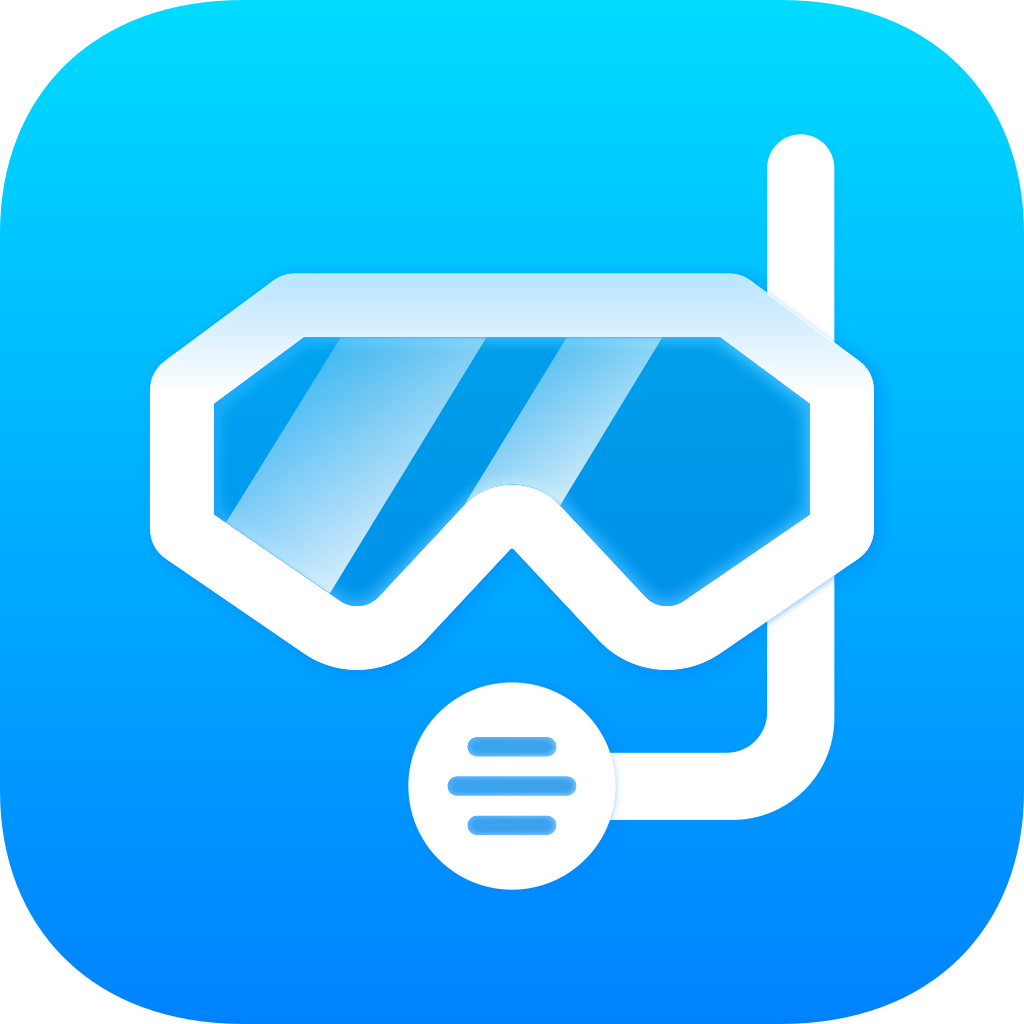Best Dive Computer for Beginners in 2025
A dive computer is one of the most important pieces of equipment you'll invest in as a new diver.
Let's explore the best options for beginners and what features you should look for.
Why You Need a Dive Computer
A dive computer isn't just another piece of gear - it's a crucial safety tool that modernizes your diving experience. It continuously calculates your depth, time, and no-decompression limits while tracking your overall dive profile. This real-time monitoring gives you more freedom to focus on enjoying your dive while maintaining safety. Plus, automatic dive logging helps you track your experience and learn from each dive.
Entry-Level Options That Won't Let You Down in 2025
Entry Level Choices
Suunto Zoop Novo ($280-310)
A remarkably durable computer that's become a standard in many dive schools.
The Good:
- Built like a tank
- Clear, easy-to-read display
- Perfect for weekend diving
- Can handle nitrox if you decide to get certified
- Could even work as a backup when you upgrade later
The Real Issues:
- Very conservative algorithm (expect 30+ min less bottom time than your buddies)
- Buttons can be a pain with cold hands or gloves
- No Bluetooth - requires a separate data cable ($65-90)
- Some logbook glitches reported when battery gets low
Bottom Line: Great if you prefer conservative diving or have DCS risk factors. But if you're planning liveaboards or multiple dives per day, you might want to look elsewhere.
Cressi Leonardo ($200-280)
A solid starter computer that won't overwhelm you with features:
- Simple one-button interface
- More liberal algorithm than Suunto
- Perfect for occasional diving
- Good value for money
The "Buy Once, Cry Once" Option
Shearwater Peregrine ($500-550)
Yes, it's pricier. But there's a reason why this recommendation comes up in every dive computer discussion:
- Incredibly clear, large color display (great if you wear bifocals)
- Wireless charging (no battery hassles)
- Bluetooth connectivity for easy logging
- Outstanding customer support
- Better long-term value if diving becomes a regular thing
- More intuitive interface than entry-level models
The Smartwatch Alternative
Garmin Descent G1 ($550-650)
If you're into other sports and want a device that pulls double duty:
- Works as both dive computer and full-featured sports watch
- Solid build quality and reliable performance
- Multiple dive modes and good feature set
- Great battery life
But Consider:
- Smaller screen - might be an issue if you have vision concerns
- More complex interface due to multi-sport features
- Higher price point for a first dive computer
- Some divers report the buttons aren't as easy to use as dedicated dive computers
Bottom Line: If you're already a Garmin user for other sports or want a daily wear watch that can handle diving, this could be a smart choice. But if you just want a dedicated dive computer, you might be better off with one of the other options.
What to Look for in Your First Dive Computer
When choosing your first dive computer, focus on the essentials: a large, clear display you can actually read underwater, and controls simple enough to use with cold hands and dive gloves. Power management matters - whether it's replaceable batteries or rechargeable, you need something reliable. The unit should be built tough since it'll inevitably get knocked around. While features like air integration and color screens might catch your eye, they're not essential for beginners and significantly drive up the cost. The same goes for advanced gas capabilities - a basic nitrox function is plenty for most new divers, and you can always upgrade later if you get into technical diving. What really matters is getting a reliable computer that gives you good value while meeting all safety requirements.
Quick Note About Dive Logs
If you end up getting a computer with Bluetooth capabilities (like the Shearwater Peregrine or newer Suunto models), it's worth thinking about how you'll manage your dive logs. While manufacturer apps work fine, having a backup solution is always recommended.
For divers using Bluetooth-enabled computers, Currents offers a convenient solution - free for basic logging, with a Pro version that makes importing and analyzing dive data seamless. It eliminates the hassle of proprietary cables and manufacturer-locked ecosystems.
That said, the most important thing is having any systematic way of backing up your logs - whether it's a dedicated app, Excel spreadsheet, or traditional logbook. The key is finding a method that works for your diving style and sticking with it.
